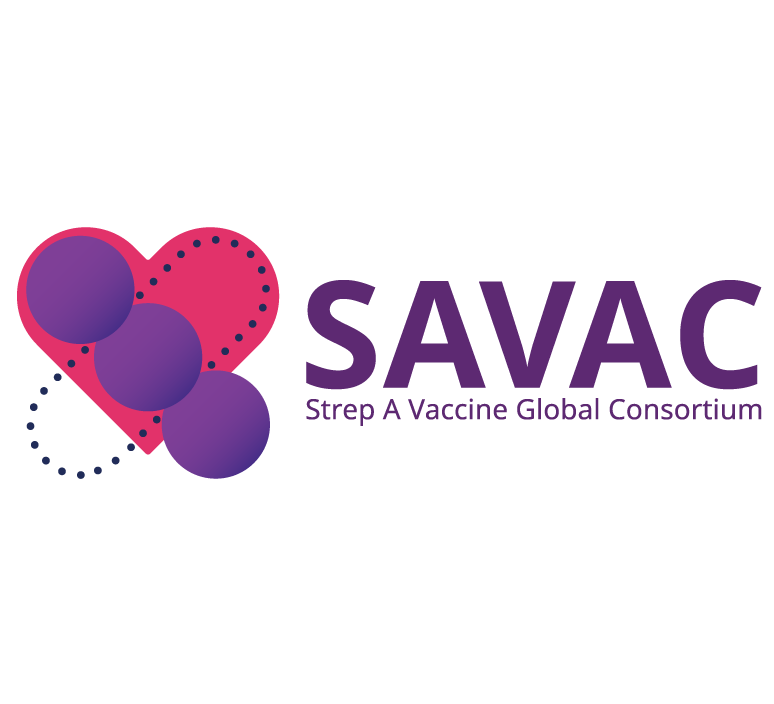Search
Research
Longitudinal observational research study: establishing the Australasian Congenital Cytomegalovirus Register (ACMVR)Congenital cytomegalovirus (cCMV) is an important cause of long-term childhood disability. In Australia, the identification and treatment practices and the long-term clinical and neurodevelopmental outcomes of children with cCMV are unknown.
Research
Modelling Micro-Elimination: Third-Trimester Tenofovir Prophylaxis for Perinatal Transmission of Hepatitis B in the Remote Dolpa District of NepalHepatitis B (HBV) prevalence is very high in pregnant women in the Dolpa district of Nepal, a region characterised by a remote geographic landscape and low vaccination coverage. Using mathematical modelling, we evaluated the impact of third-trimester tenofovir disoproxil fumarate (TDF) prophylaxis on HBV burden and estimated the time required to achieve HBV elimination in Dolpa.


News & Events
The Kids infectious diseases researcher named a WA Young Tall PoppyA The Kids researcher focused on ensuring kids are protected from infectious diseases will be named among WA’s most outstanding young scientists at the upcoming 2021 Young Tall Poppy Science Awards.
Research
Preparing for prevention: Assessing the community awareness of RSV and other childhood infectionsRespiratory Syncytial Virus (RSV) is one of the most common reasons babies are admitted to hospital – with Aboriginal and preterm infants at greatest risk.

Research
Strep A Vaccine Global Consortium (SAVAC) 2.0The mission of SAVAC, the Strep A Vaccine Global Consortium, to ensure that safe, effective and affordable Strep A vaccines are available and implemented to decrease the burden of Strep A disease in the most in need.
Research
From speculative to real: Community attitudes towards government COVID-19 vaccine mandates in Western Australia from May 2021 to April 2022Many governments employed mandates for COVID-19 vaccines, imposing consequences upon unvaccinated people. Attitudes towards these policies have generally been positive, but little is known about how discourses around them changed as the characteristics of the disease and the vaccinations evolved.
Research
Risk factors for diagnosis and treatment delay among patients with multidrug-resistant tuberculosis in Hunan Province, ChinaMultidrug-resistant tuberculosis (MDR-TB) is a global health threat associated with high morbidity and mortality rates. Diagnosis and treatment delays are associated with poor treatment outcomes in patients with MDR-TB. However, the risk factors associated with these delays are not robustly investigated, particularly in high TB burden countries such as China.
Research
Development of a pharmaceutical science systematic review process using a semi-automated machine learning tool: Intravenous drug compatibility in the neonatal intensive care settingOur objective was to establish and test a machine learning-based screening process that would be applicable to systematic reviews in pharmaceutical sciences. We used the SPIDER (Sample, Phenomenon of Interest, Design, Evaluation, Research type) model, a broad search strategy, and a machine learning tool (Research Screener) to identify relevant references related to y-site compatibility of 95 intravenous drugs used in neonatal intensive care settings.
Research
Infant Whole-Cell Versus Acellular Pertussis Vaccination in 1997 to 1999 and Risk of Childhood Hospitalization for Food-Induced Anaphylaxis: Linked Administrative Databases Cohort StudyEvidence suggests that children who had received an initial priming dose of whole-cell pertussis (wP) vaccine, rather than acellular pertussis (aP) vaccine, had a lower risk of developing IgE-mediated food allergy, the most common cause of anaphylaxis-related hospital presentations of childhood.
